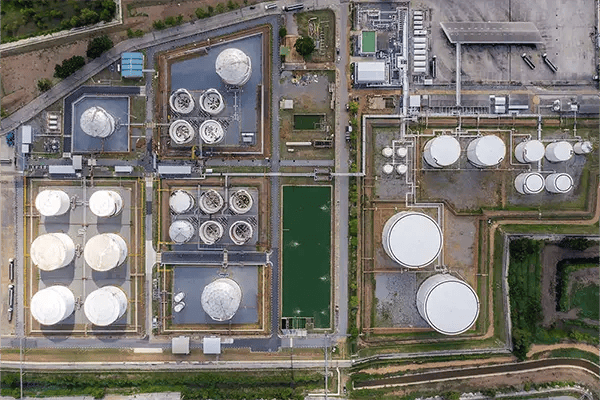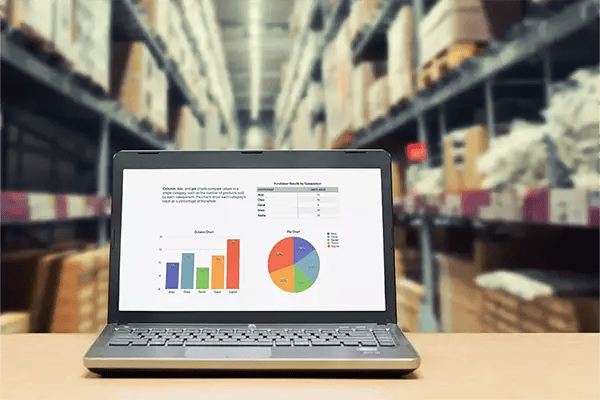Data Mirroring
Data in Motion
Synchronize your business operations with Stelo’s data mirroring solution. By replicating data across platforms in real time, Stelo ensures your systems stay aligned, from inventory management to analytics. Whether for disaster recovery business intelligence, or daily operations, Stelo’s reliable data mirroring keeps your business moving forward without disruption and with minimal impact on system performance.
Near-Zero Footprint
Ultra-low CPU load: no software installed on the source or destination.
Automated Data Modeling
Transform data in transition without requiring complex programming.
Flexible Deployment
Unlimited sources and targets: add more later without further licensing.
Heterogeneous Replication
Cloud and on premises: relational and NoSQL database compatibility.
Challenges of Data Replication
Cost and Vendor Lock-In
Stelo uses an open-standards approach to remain vendor agnostic and to continuously meet emerging requirements.
Support for Current Tools
We provide easy access to a real person who can provide end-to-end process support and knowledge.
Data Scalability
Cost-effectively meet your current and future replication needs through our tiered licensing model.
Functionality and Ease-of-Use
Set it and forget it: Simple GUI for easy setup and ongoing use. Deploy in hours, not weeks, without any programming experience.
Legacy System Migration
With more than 30 years of proven replication expertise, Stelo is the bridge to connect your isolated systems.
Audit Compliance
Our software not only moves your data but also allows you to inspect and analyze information changes.

Power Your Business
Enable data connections for real-time tracking and logistics.
LEARN MORE→

Analyze Your Business
LEARN MORE→
Industries We Serve
Benefits of Stelo Replication
Anywhere-to-Anywhere
Real-Time Data Reliability
Seamless Scalability
Fast and Efficient
Stelo provides fast, reliable performance for replicating multiple tables concurrently.
Accessible Support
Our industry knowledge leaders resolve 90% of support tickets within 24 hours.
Avoid Connectivity Failures
Checkpoint and restart features ensure stable data pipelines regardless of network reliability.
Businesses Like You
Relevant Resources

Power Data Intelligence Centers with Real-Time Data Replication
The National Wild Turkey Federation (NWTF) used Stelo + Tableau to streamline operations and save its IT team at least 25% more time.

Real-Time Efficiencies: Keep Orders and Operations Flowing
US Foods improved production with immediate access to order processing times at individual locations, even when network connectivity fails.

Streamline High-Volume Analytics Reporting
This customer gained 24/7 real-time data access and decreased data turnaround time by 75% for generating 100+ daily reports.

Power Data Intelligence Centers with Real-Time Data Replication
The National Wild Turkey Federation (NWTF) used Stelo + Tableau to streamline operations and save its IT team at least 25% more time.

Real-Time Efficiencies: Keep Orders and Operations Flowing
US Foods improved production with immediate access to order processing times at individual locations, even when network connectivity fails.

Streamline High-Volume Analytics Reporting
This customer gained 24/7 real-time data access and decreased data turnaround time by 75% for generating 100+ daily reports.

Power Data Intelligence Centers with Real-Time Data Replication
The National Wild Turkey Federation (NWTF) used Stelo + Tableau to streamline operations and save its IT team at least 25% more time.
FAQ
Data mirroring involves copying data from one database to another to ensure consistency and availability across different locations. This process is typically used for data warehousing, business operations and to off-load reporting. Data streaming, on the other hand, is the continuous transfer of data from a source to a destination in real-time. It is commonly used for real-time analytics, monitoring, and feeding data into Artificial Intelligence applications.
Stelo takes full advantage of open standards such as DRDA, SQL, ODBC, and JDBC to maximize compatibility and interoperability within an enterprise network. We are an active member of The Open Group software industry consortium, which was responsible for the adoption of DRDA as an industry standard for database interoperability.
Currently, Stelo supports more than 30 ODBC databases and our Kafka interface can also be used to communicate with cloud-based streaming services such as Azure Event Hubs for Kafka, the Oracle Cloud Infrastructure Streaming service, Amazon Managed Streaming for Apache Kafka, and IBM Event Streams. Stelo can also populate Azure Data Lake Storage Gen2 (ADLSg2) and similar NoSQL data repositories.
Stelo continues to use our open standards approach to ensure that we meet emerging replication requirements. We are continually adding support for new technologies while supporting legacy systems. Stelo is designed to grow with your organization rather than lock you into any specific database platforms.
Stelo gives you greater control by allowing you to choose replication of the data you want with both vertical and selected horizontal partitioning. Replace existing tables or merge on a row-by-row basis. Stelo also supports derived destination columns and data transformations, including automatic and customized conversion and selection of dates, views, indexes, and constraints. While flexible, Stelo fully enforces the enterprise security mechanisms by integrating with both SQL Server/Windows security and the native security of your Db2 system.
Unlike other replication software, there is no need to re-baseline in the event of a connectivity failure. In either a disaster scenario or planned downtime, all unaffected sources and destinations continue to be processed by Stelo. For the affected server or servers, Stelo checkpoints replication and will automatically restore replication as soon as connectivity is restored. This process is automated and requires no user intervention.
The key advantages of these two technologies include:
- Real-Time Processing: Data streaming allows for immediate processing and analysis of data as it arrives, enabling real-time insights and actions.
- Scalability: Streaming systems can handle large volumes of data in real-time, making them suitable for high-throughput applications.
- Flexibility: Data streaming supports a variety of data sources and destinations, allowing for more flexible integration with different systems and applications.
- Lower Latency: Since streaming processes data continuously, it reduces the latency between data generation and data processing, which is critical for time-sensitive applications.
The Latest from Our Blog

Unlocking the Power of IBM Db2 for i with Stelo: A Modern Approach to Data Integration

Futureproofing Your Data Management Strategy with NoSQL and Data Streaming

How Stelo V6.3 Helps You Master Data Integration

Sunsetting: What to Do When Your Data Replication Tool is No Longer Supported
Get Started
These three steps will help you ensure Stelo works for your needs, then seamlessly deploy your solution.
Schedule a Demo
Our expert consultants will guide you through the functionality of Stelo, using your intended data stores.
Try Stelo
Test the full capability of the software in your own environment for 15 days. No obligations.
Go Live
When you're ready, we can deploy your Stelo instance in under 24 hours with no disruptions to your operations.

